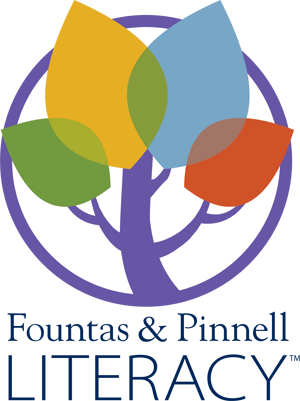Resource Library
Browse Fountas & Pinnell Literacy™ downloadable study guides, order forms, promotional materials, research, tools, samplers, webinar videos, and more.

Browse Fountas & Pinnell Literacy™ downloadable study guides, order forms, promotional materials, research, tools, samplers, webinar videos, and more.